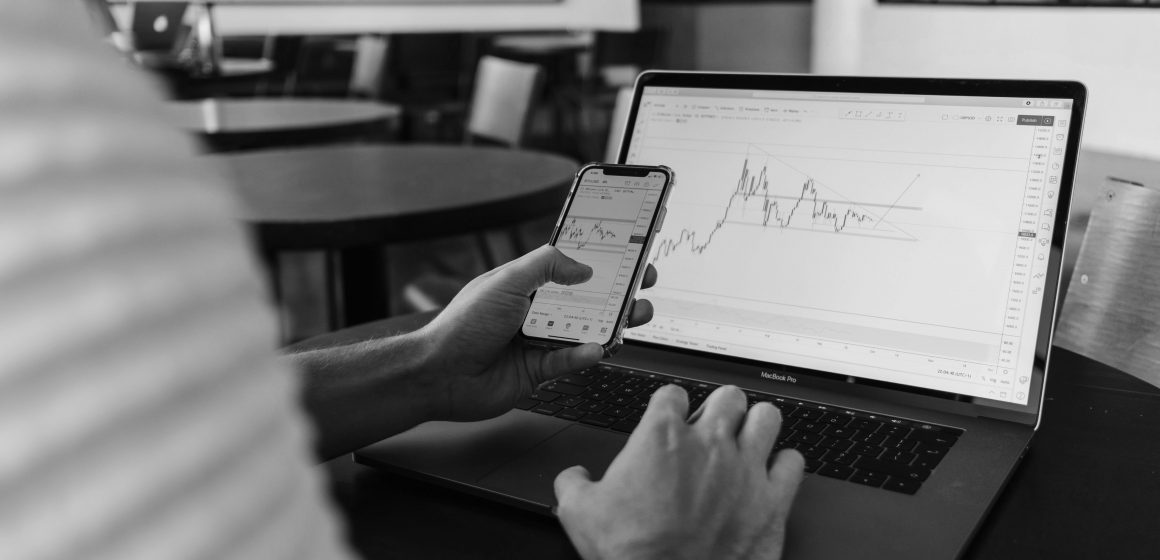The foreign exchange market also known as FX market or Forex market is a decentralized global currency trading platform for all kinds of traders to participate in different purposes including hedging and speculation.
The FX market is undoubtedly the largest financial market, with a daily volume of FX trading averaged around US$2.0 trillion according to the Triennial Survey in 2019.
The growth in volume traded has reflected the growing rate of participation from retail traders. This highly liquid market allows brokerages to offer CFD trading and leverage trading with relatively low trading costs. Thus, for any beginner forex traders, it is important to understanding the spread cost associated with forex trading.
What is a Forex Trading Spread?
Spread the price difference between the Bid and Ask prices.
Bid and Ask represent a two-way quote, where Bid prices are what the buyers willing to pay, and Ask prices are what the seller willing to sell.
For instance, imagine AUD/USD’s (AUD represents the base currency and USD represents the quote currency) exchange rate is $0.7630/$0.7633. The Bid price is $0.7630, the Ask price is $0.7633. A trader who enters a long (buy) position immediately is able to trade at the Ask price of $0.7633. Conversely, to open a short (sell) position immediately, the seller is able to trade at the Bid price of $0.7630.
Bid/Ask Spread
The spread or the difference between Bid and Ask is generally measured in pips. It is worth noting that FX spreads are either variable or fixed. Variable spreads should fluctuate to reflect the market liquidity; whereas fixed spreads are generally not dependent on market liquidity and are wider than variable spreads.
With ZERO Markets, ECN pricing is employed. This means the Bid and Ask prices are derived from the Electronic Communications Network (ECN). Pricing is taken from tier-1 liquidity providers, this ensures the Bid and Ask spreads are tight and minimal slippage is standard. ECN pricing also means no requotes and no dealing desks.
When Does Bid/Ask Spread Widen?
Spread width may be affected by the following factors.
The Nature of Minor and Exotic Currency Pairs:
Generally, minor and exotic currency pairs that do not contain USD (cross-currency pairs), are less popular and less traded. Therefore, liquidity tends to be thinner which results in a wider spread.
Spreads During Rollover:
The market liquidity tends to dry up during rollovers, therefore, resulting in a wider market spread.
Spreads During News:
During periods of the excess market volatility – such as news events – can see liquidity providers widening the spread to mitigate volatility risk. This will see liquidity being withdrawal and result in a widening spread
Key events this week:
- Australia’s Reserve Bank policy decision (Tuesday)
- US Federal Reserve Minutes (Wednesday)
- China’s consumer and producer prices data (Friday)
- IMF panel on the global economy (Friday)
The market is dynamic and presents opportunities to trade. ZERO Markets is a regulated broker globally that gives its traders the confidence to trade across a broad range of asset classes including CFDs on Forex, Shares, Indices, Commodities, and Cryptocurrencies. Start trading with ZERO on tight spreads from 0.0 pips today!



Leave a Reply